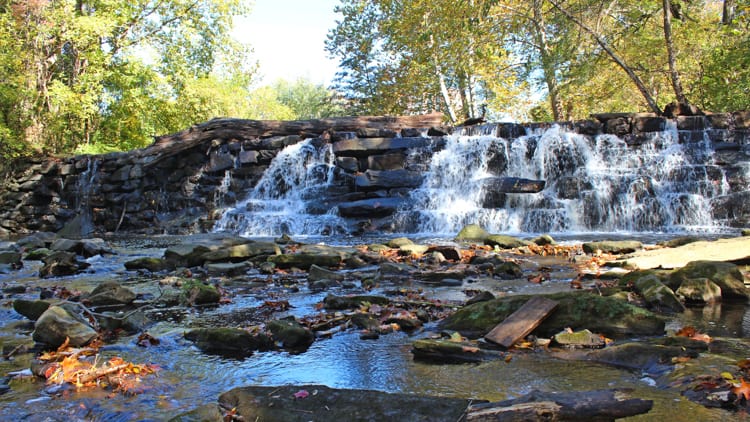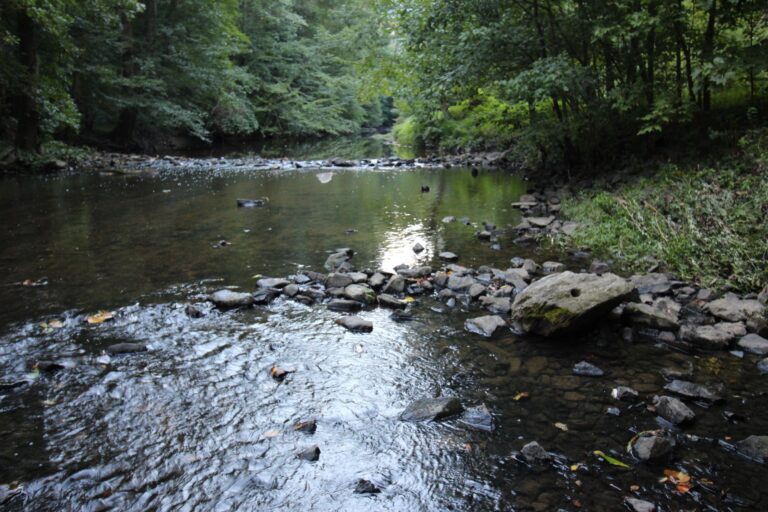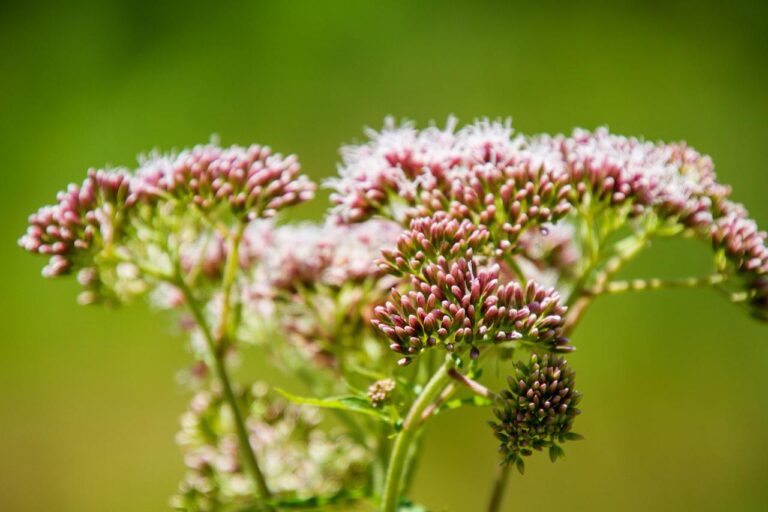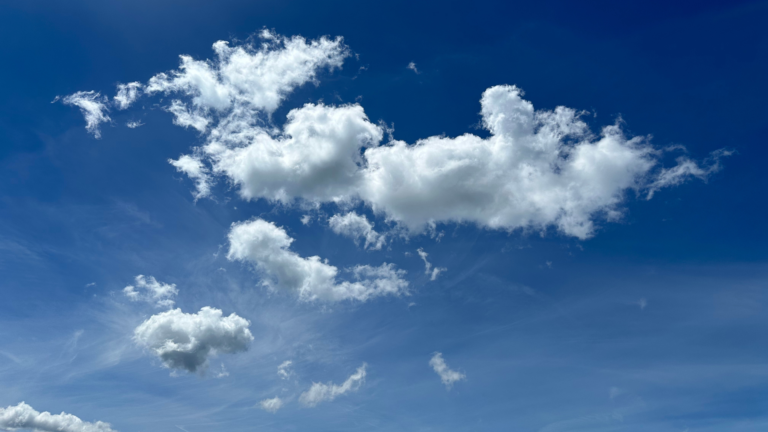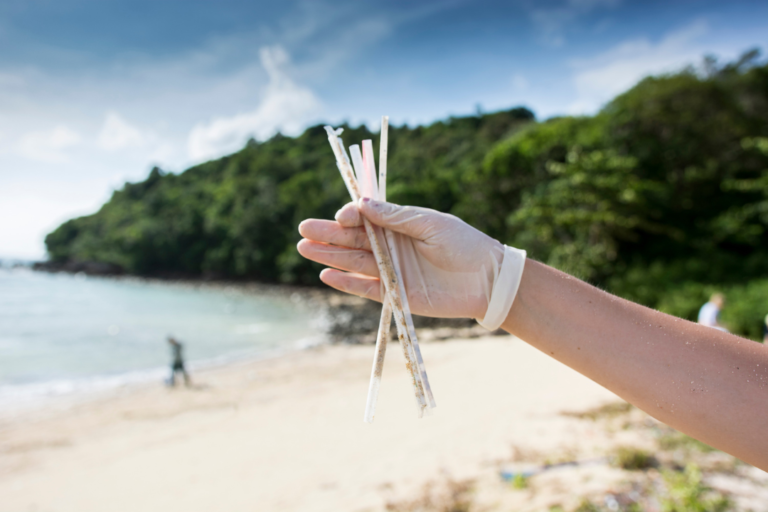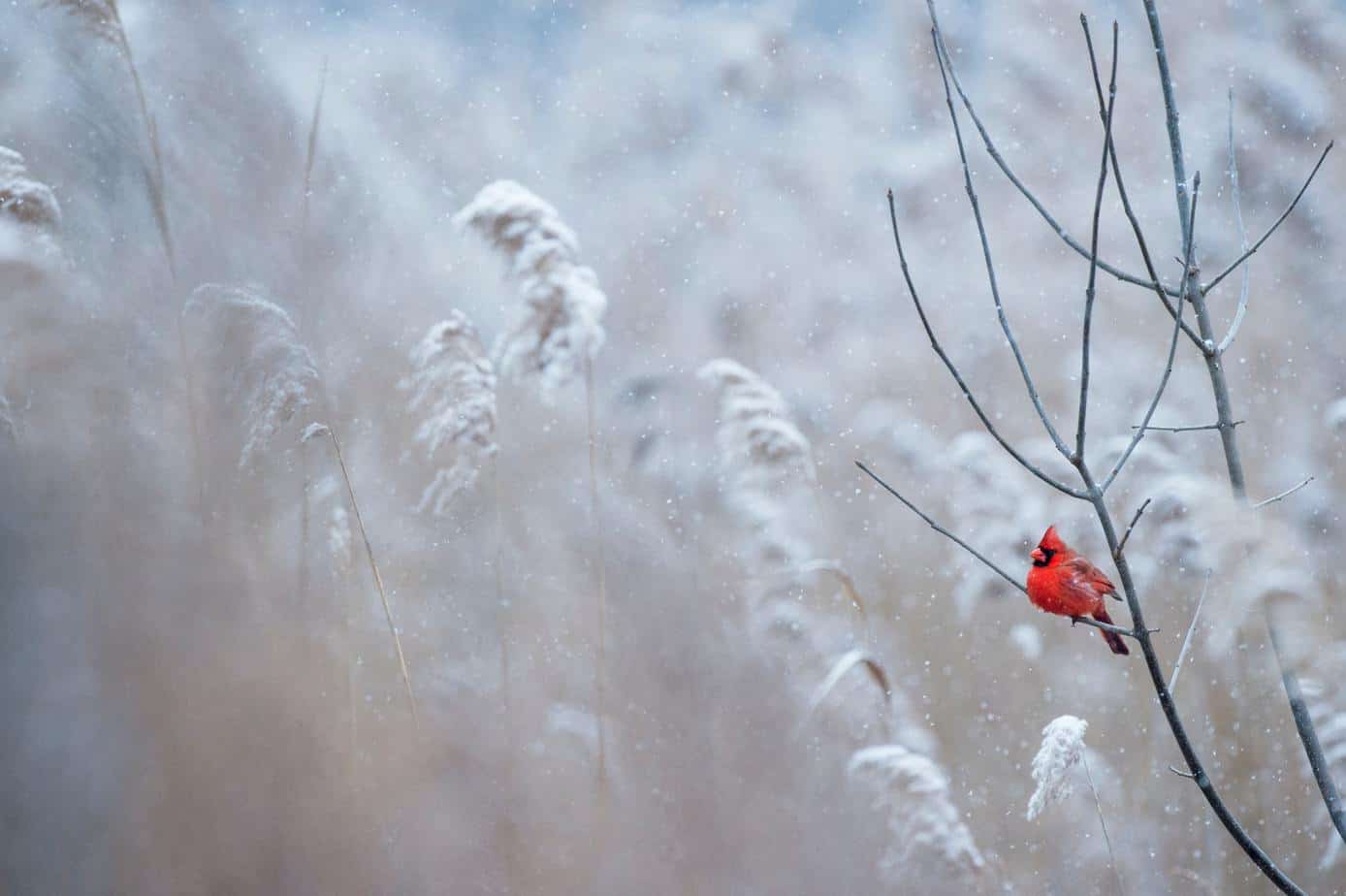How to Be a Community Scientist: Join Winter Salt Watch
Do you care about the environment?
I am sure you do. Have you ever wondered how you or your youth can make a difference? One way is by becoming a citizen scientist. Community science is a way for volunteers like you and me to collaborate with scientists in collecting data and documenting changes in nature. With this information, scientists and policymakers can make decisions about how to protect the environment.
The Field Trip Academy members decided to become community scientists.
We are participating in a program called the Winter Salt Watch. You can too. All you have to do is to pick a water body that is convenient to you – any creek, pond, river, or lake will do. Then go to Winter Salt Watch and sign up to get your free test kit. Once you follow the directions and gather your data, you can input it directly into their database via an app on your phone.

Winter Salt Watch asks you to measure the salt content of the water.
Their goal is to have you test four times during the winter to see how road salt impacts the local waterways. Too much salt can threaten insects, fish, plants, and our drinking water. Have you ever noticed that funny taste in your tap water after a large snowstorm? Clearly, salt has entered our water supply. So how do we measure that? We headed down to Crum Creek in Swarthmore, PA on a beautiful fall day to find out. We decided to do our water sampling with a clear view of the small waterfall as a bonus. This is an easy add-on to any natural learning day if you and your learners want to go for a hike or play around in a creek.
The step-by-step instructions make it easy to do.
Once we arrived at our site, we followed the directions on the card that was provided. We brought along a jar to fill with creek water and test for chloride. Chloride is the main ingredient in road salt so it is indicative of the level of salt in the water. Here’s how:
After waiting, Presto!, we had a result.
We photographed our card and uploaded it to the Water Reporter site (waterreporter.org). Luckily, our creek has a low salt content at the moment, only 42 ppm chloride which translates to .007% salt. We look forward to comparing our results when we come back this winter.

Want to Learn More?
- Read our blogs. If you want to explore an interesting watershed, check out “Jersey Shore Secrets: Uncovered at the Wetlands Institute“.
- For community science projects, head to our Community Science Hub or sign up for our downloadable freebie, “9 Hands-on Community Science Projects“.

